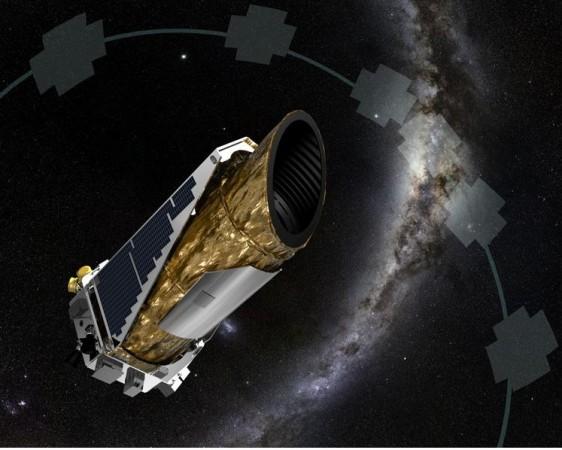
NASA's planet-hunting spacecraft, Kepler, has made a comeback by discovering the first alien planet in its K2 mission.
NASA revealed that the discovery was made when astronomers and engineers working on Kepler devised an "ingenious way" to make the spacecraft versatile by continuing its search of cosmos for other worlds.
"Last summer, the possibility of a scientifically productive mission for Kepler after its reaction wheel failure in its extended mission was not part of the conversation," said Paul Hertz, NASA's astrophysics division director at the agency's headquarters in Washington.
Since its malfunction in May 2013, this is Kepler's first discovery. HIP 116454b is a "Super Earth" about 20,000 miles wide and 12 times more massive than our earth.
Reborn Kepler can still hunt! Astronomers use public data to discover K2's first exoplanet! http://t.co/fPUVgcGqfE pic.twitter.com/IwlQZT4cHT
— NASA Kepler (@NASAKepler) December 18, 2014
"Like a phoenix rising from the ashes, Kepler has been reborn and is continuing to make discoveries," said Andrew Vanderburg, the lead author of a study on the discovery. "Even better, the planet it found is ripe for follow-up studies."
Vanberburg, a graduate student at the Harvard-Smithsonian Centre for Astrophysics in Cambridge, Massachusetts, had studied the publicly available data collected by the spacecraft during a test of K2 in February 2014.
Kepler's discovery has been confirmed by the HARPS-North spectrograph of the Telescopio Nazionale Galileo in the Canary Islands, which captured the wobble of the star caused by the planet's gravitational tug as it orbits.
The Super Earth is measured to be 2.5 times the diameter of Earth and is 180 light-years from Earth. It follows a close, nine-day orbit around a star that is smaller and cooler than our sun, making it too hot for the existence of any life.












